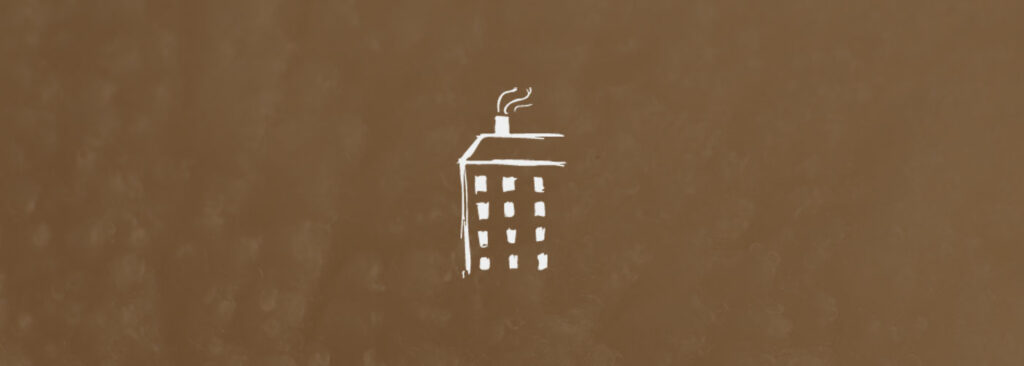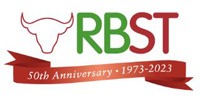Scouring and procesing wool from ancient and heritage breeds
9 of 20 Stages of the Evolution of British Wool Washing and Processing On the 23rd of June I visited Haworths the wool processors based in Bradford. Haworths are one of the largest scourers in the country, processing up to fifty million tons of wool per year. It was here I learnt about the scouring […]
Scouring and procesing wool from ancient and heritage breeds Read More »












